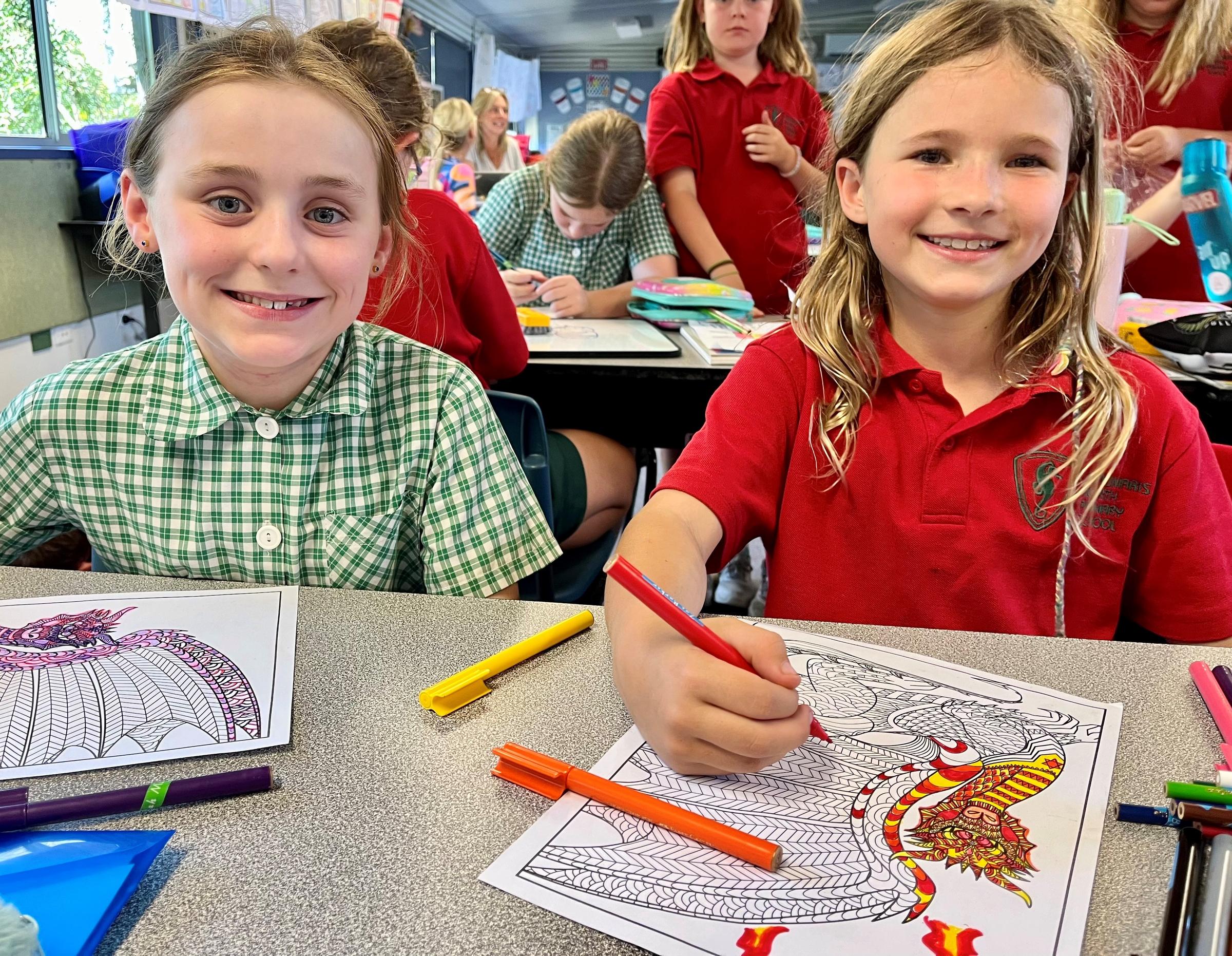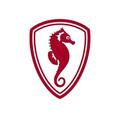Year 4 Specialist News - Term 1

Music
Transdisciplinary theme: How we express ourselves
Central idea: We express ourselves as individuals with collective knowledge
Lines of inquiry:
- The range of ways we are influenced by communication
- The way social interactions influence how people engage with ideas and respond to others
- The differences between the language of opinion and feeling and the language of factual reporting or recording.
- How musical ideas work
- How musicians express patterns.
- Patterns help tell stories
- Events where a society may rely on singing for survival
- Ancient cultures use symbols to tell the stories of their people
Key Concepts: perspective, function, form
Learner Profile Attributes: communicator
Students will:
- Continue to expand their own understanding of formal music notation
- Read, write, arrange, sing, play and listen to music with a focus on the theme of place, especially music by First Nations People
- Experiment with expressing ideas through movement, mime, sound, pitch, rhythm etc
- Make choices about sound that represents ideas
- Take risks when communicating their original ideas to peers
- Understand and accept that the ideas of others can be very different to their own
- Work collaboratively with a small group to create, rehearse and perform a short piece of original music
- Shape elements of music using imagination and creativity, to communicate ideas to an audience
- Identify features of music, and be able to discuss the purpose that it was created for, using music terminology
Physical Education
Transdisciplinary theme: How we express ourselves
Central idea: Collaboration through game play and teamwork activities help positive and strong relationships
Lines of inquiry:
Key Concepts:
Perspective - Does collaborating strengthen who you are and how you are within a team?
Responsibility- Children need to be aware of their responsibilities within the class and acting responsibly during activities with one another, within a team and with equipment and understand why this is important for enhancement in learning.
Learner Profile Attributes: principled, caring, balanced
Students will:
Introduction of basic strategies in team games. |
Science
Curriculum strand: Earth Science
Central idea: The Earth has a constantly changing landscape.
Lines of inquiry:
- Explore how natural processes and human activity shape their surroundings.
- What are rocks and minerals?
- How do soils, rocks and landscapes change over time?
- Science involves testing predictions by gathering data and using evidence to develop explanations of events and phenomena
Learner Profile Attributes: openminded
Students will:
- Investigate how soils, rocks and landscapes change over time
- Investigate factors that affect the erosion of soil
- Plan and conduct an investigation of factors that influence water erosion of soils
Art
Transdisciplinary theme: How the world works
Central idea: Australian Aboriginal artists blend tradition with contemporary art, showing the resilience of their culture.
Lines of inquiry:
- Traditional and introduced materials and methods used in Aboriginal art today, experimenting with these to create our own works of art
- Connection to land and nature and how this connection is expressed in Aboriginal Art
- Cultural diversity, recognising the diversity of Aboriginal cultures, languages, and artistic traditions across different regions of Australia
Key Concepts: connection and change
Learner Profile Attributes: caring and reflective
Students will create:
- Reconciliation and what it means. Creating a poster to represent what reconciliation means to them
- Exploring the origins of dot painting in relation to Papunya Tulla by creating a Camp Dog collage- using Dot painting techniques with layering detail. Inspired by the aboriginal artist Dion Beasley
- Creating a Spirit Sculpture using assorted string binding, fabrics, and paint, inspired by the work from both Central Australia Tjanpi Desert Weavers and Arnhem Land rock paintings
- Printmaking an Indigenous fabric design inspired by artist from the Tiwi Islands

